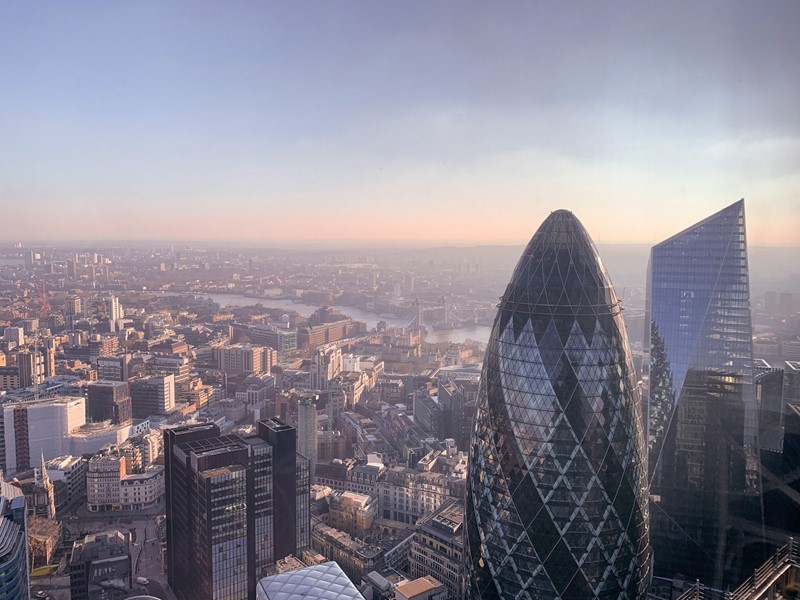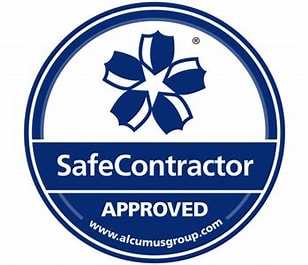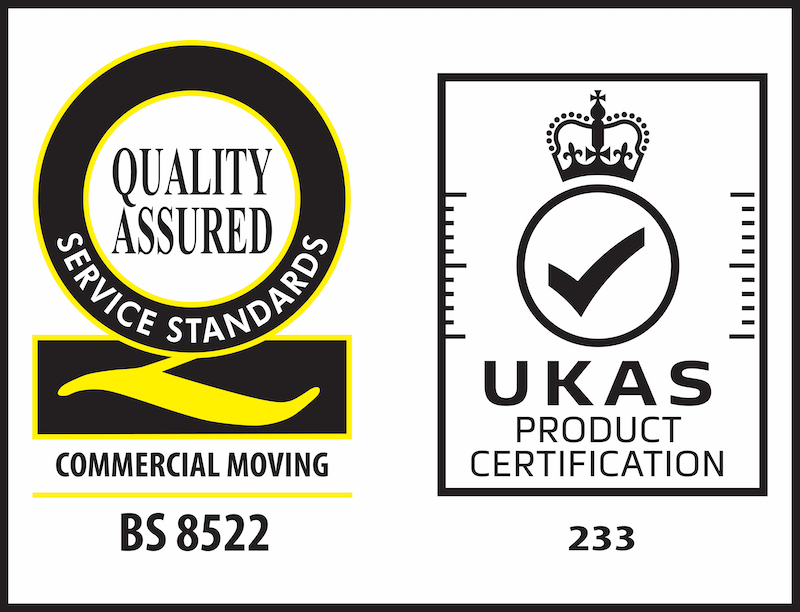Insights from our fiscal workplace change roundtable
We brought together leaders from across the corporate real estate and built environment sectors to discuss the fiscal, cultural, and human realities of workplace change.

MORE STORIES
Please click here to chat through what you'd like your Success Story to be.
Business Moves Group (BMG) recently hosted our fourth roundtable of the year, exploring the fiscal implications of workplace change. Managing director Rachel Houghton shares her insight from the event.
We brought together leaders from across the corporate real estate (CRE) and built environment sectors. Together, we looked beyond the headlines to engage deeply with the fiscal, cultural, and human realities of workplace change.
Our briefing paper, Fiscal Implications of Workplace Change, framed the evening with five big questions. What struck me most was how those themes surfaced naturally in conversation, charged with the energy, passion, and innovation in the room.
Learning from past cycles
CRE has always been cyclical. We recalled how the financial crash of 2008 triggered the rapid shedding of property, while the pandemic created the opposite problem. Vast amounts of space lying empty. One reflection summed it up: “The decisions weren’t made inside the business; they were made for us by external events.”
The message was clear: resilience cannot be about avoiding shocks. It comes from the ability to react quickly when they arrive, while having embedded sustainability in the system to weather the long-term impact. Whether the next disruption comes from interest rates, cyberattacks, or geopolitics, organisations need agility built into their workplace planning.
Today’s fiscal and political forces
The fiscal squeeze is intensifying. The cost of delivering a building has doubled in just four years, yet rents have barely moved. Fitouts that once came with generous rent-free periods are now financially unviable. And looming on the horizon is the 2026 business rates revaluation.
This is already reshaping behaviour. Many businesses are “rightsizing”: consolidating floors, reducing their footprint, or reconfiguring space to match actual occupancy. Some are adopting hub and spoke models; others are flexing between core offices and coworking options.
Yet, strikingly, only around 30 per cent of organisations have truly adapted since the pandemic. The remaining 70 per cent are either holding their breath or tinkering at the edges, leaving themselves exposed to the same external shocks that caught companies out in 2008 and 2020.
As one participant put it: “We need a difficult conversation with occupiers. Either rents must rise, or new models must emerge.”
Culture, behaviour, and the human factor
The liveliest debate of the evening was on culture. Many agreed that the return-to-office debate has missed the point. “Don’t make a policy, make the office so good that people want to be there.”
Several businesses that had engaged employees early, even before construction, highlighted their success. By involving people in design decisions, those organisations created spaces with strong occupancy, where employees felt ownership of the workplace. In contrast, others who had imposed top-down designs found their breakout areas underused and cultures slow to change.
The group also discussed the hidden costs of hybrid working. These range from wellbeing risks for younger employees working in isolation, to reduced collaboration and innovation when spontaneous conversations are lost. There’s also the financial cost of underutilised space paying for desks, heating, and maintenance that simply aren’t used.
One observer noted: “Fiscal metrics may dominate balance sheets, but culture determines whether those numbers deliver value.”
Sustainability as a business imperative
Sustainability ran like a thread through every conversation. We challenged the habit of demolishing or refitting towers designed to last 50 years within just 20. One attendee held the view that “we don’t seem to build things to last anymore.”
In contrast, European models were highlighted where structural frames are preserved, interiors repurposed, and embodied carbon drastically reduced. Everyone agreed: adaptive workplaces must be planned as long-term assets.
Refurbish rather than demolish, design for durability, and embed sustainability into procurement. In today’s fiscal climate, ESG and financial responsibility are inseparable.
The future of corporate real estate
Looking forward, flexibility will be the defining theme of the next decade: flexible leases, flexible FM contracts, and spaces that can scale up, down, or sideways.
But flexibility alone isn’t enough. Partnerships and trust will be essential. As one contributor said: “You can’t do it all alone, the right partnerships are what make you futureproof.”
Leadership also has a vital role to play in attracting and retaining talent. When leaders are visible in the office, they set the tone for culture. When they invest in mentoring and skill transfer, they safeguard organisational capability.
Home working risks stifling this process. Without in-person guidance, graduates and early career professionals lose the informal learning that builds confidence and accelerates growth.
Crucially, leaders themselves miss out too. By working remotely, they risk being cut off from diverse thinking, spontaneous conversations, and the kind of natural innovation that only happens when people are together. The loss is not just to junior colleagues but to the very creativity and insight leaders rely on to make good decisions.
If not addressed, the skills gap and loss of shared innovation could become the most damaging long-term legacies of the pandemic.
Agility and innovation in the built environment
The wider ecosystem of developers, contractors, and supply partners is under equal pressure to adapt. Clients’ needs are shifting faster than traditional delivery models can respond.
From digital transformation and data centres to new approaches to end-of-life asset management, supply partners are constantly pivoting. One comment captured the mood: “We evolve daily, it’s the only way to stay relevant.”
This agility isn’t just about survival. It’s about innovating with new service models, embedding ESG into delivery, and strengthening resilience through collaboration.
My takeaways
What I found most inspiring was the balance between fiscal realism and human optimism. Yes, the cost environment is harsh. Yes, external pressures are complex. But the ideas in the room, from sustainable refurbishment and graduate involvement to resizing estates and developing agile service partnerships, all point towards a future where adaptive workplaces are not only possible but already emerging.
These conversations reinforce our belief that the future of real estate lies in sustainable, adaptable workplaces. Success will come from combining fiscal discipline with cultural strength, designing spaces that are flexible, resilient, and built to last.
How to get involved
We work side by side with our partners to turn these insights into action, delivering strategies and solutions that address today’s pressures while creating long-term value. You can download and share this recap - Insights from our fiscal workplace change roundtable.
Want a seat at the table? We always want to include workplace professionals from a range of industries in our roundtables. Connect with our managing director, Rachel Houghton, on LinkedIn to find out more.
Read insights from our previous London roundtable, and our previous paper, "Global Workplace Challenges and Trends 2025."
MORE STORIES
Please click here to chat through what you'd like your Success Story to be.





